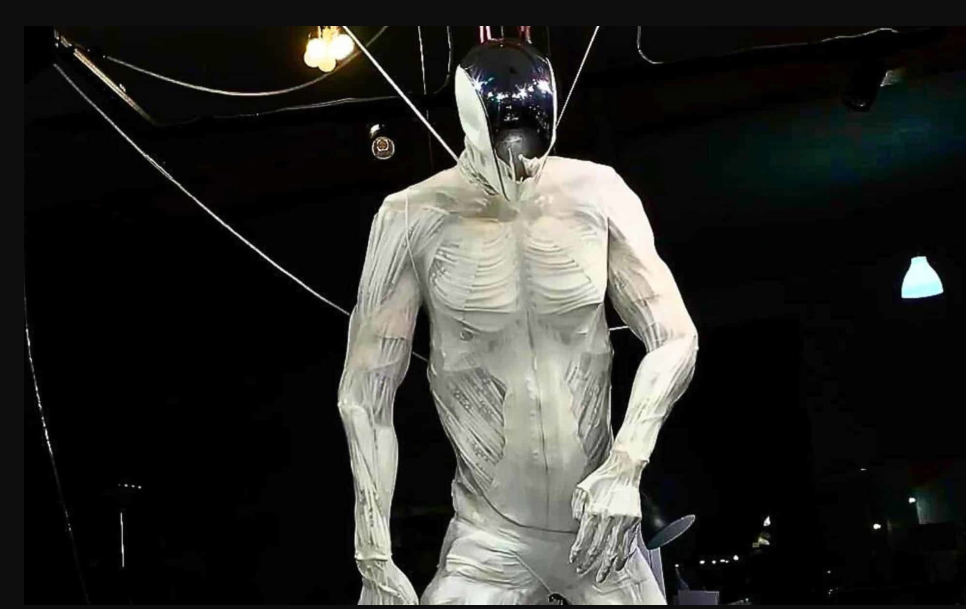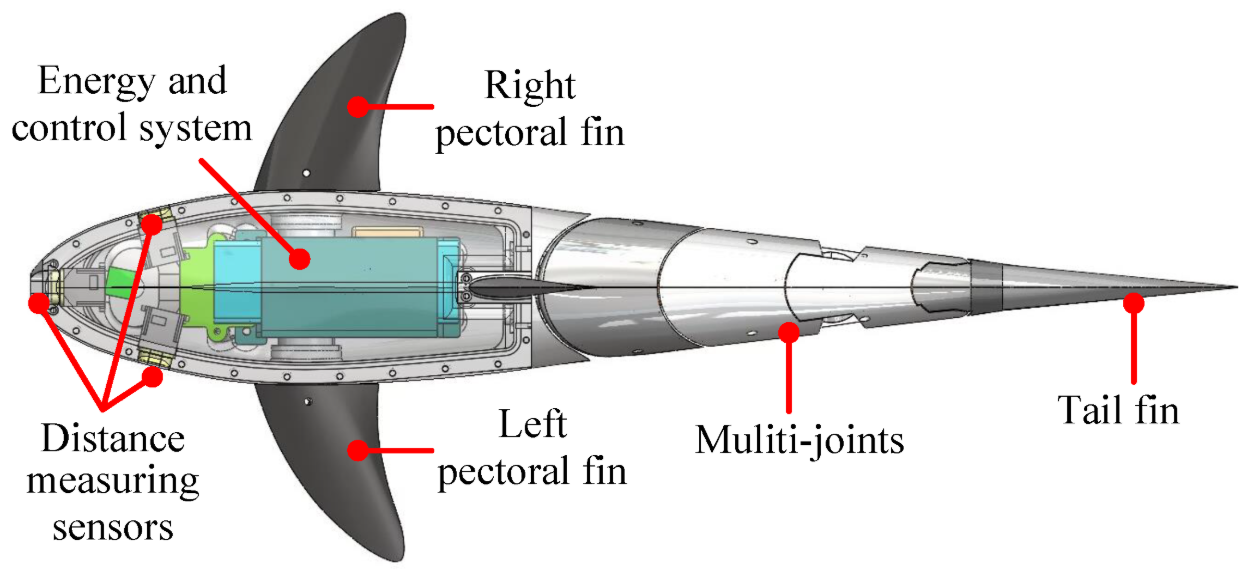In a dimly lit California laboratory, a faceless humanoid figure twitches to life, its translucent skin revealing a complex network of artificial muscles contracting with disturbing fluidity. This isn't science fiction—it's the Clone Robotics Android Protoclone V1, a revolutionary bipedal musculoskeletal system that represents the most audacious attempt yet to recreate human biomechanics in synthetic form. With over 1,000 artificial muscle fibers, 500 sensors, and a cooling system that literally sweats, this android is redefining what's possible in robotics and forcing us to confront the blurred line between biological and artificial life.
Beyond Metal Skeletons: The Biomimetic Breakthrough

Traditional humanoid robots like Tesla's Optimus or Boston Dynamics' Atlas rely on rigid metal frames and electric actuators, resulting in movements that—while impressive—still carry an unmistakable mechanical stiffness. Clone Robotics Android technology takes a radically different approach. Protoclone V1 features a lightweight, flexible polymer skeleton that mimics the human skeletal structure, paired with synthetic muscles that expand and contract using compressed air (with plans to transition to hydraulics). This enables an unprecedented 200 degrees of freedom—far surpassing most industrial robots—allowing movements with organic fluidity that challenges our perception of what machines can do.
The innovation extends beneath the surface. The android's synthetic muscle fibers aren't mere metaphors but functional analogues to biological tissues. Each of the 1,000 myofibers replicates the contraction-expansion mechanism of human muscles, powered not by electricity directly, but by pneumatic pressure systems. This fundamental architectural difference categorizes Protoclone not just as a humanoid robot, but as a true android—a machine designed to replicate human physiology, not just outward appearance.
Perhaps the most startling biological mimicry is Protoclone's thermal regulation system. During intense physical activities, the android releases a coolant through microscopic pores on its surface—effectively "sweating" like a human. This ingenious cooling mechanism prevents overheating during operation, showcasing how Clone Robotics has looked beyond superficial human resemblance to replicate functional biological systems.
The Viral Uncanny Valley: Why Protoclone Disturbs and Fascinates
When Clone Robotics released its 40-second demonstration video showing Protoclone V1's eerily organic movements, the internet reacted with equal parts awe and unease. The footage, showing the partially suspended android fluidly moving its limbs in a dim lab setting, accumulated millions of views within hours, sparking intense debate about the ethics and emotional impact of such lifelike machines.
Nanotechnologist Dr. Michelle Dickinson articulated the discomfort many felt: "Seeing this faceless android in action has creeped me out. It's made me realize how accustomed we've become to robots designed to look friendly." The absence of facial features—replaced by smooth, blank surfaces—paradoxically heightens the uncanny valley effect. Without the familiar cues of eyes, nose, or mouth, viewers are forced to focus entirely on the disturbingly biological movements of the artificial body.
Social media reactions ranged from enthusiastic ("Just draw a smiley face on it, please!") to apocalyptic warnings ("Hanging it was a good choice. Now leave it there and never let it loose"). This polarized response highlights the psychological threshold Protoclone crosses: it doesn't just move like a human; it possesses an unsettling anatomical realism that triggers deep-seated biological recognition—and discomfort.
Discover More About Robotic Androids Changing Our World
Technical Showdown: Protoclone vs. Conventional Humanoids
| Feature | Protoclone V1 | Traditional Humanoids (e.g., Tesla Optimus) |
|---|---|---|
| Actuation System | Pneumatic/Hydraulic Synthetic Muscles (1,000+ myofibers) | Electric Motors & Actuators |
| Degrees of Freedom | 200+ | 20-50 typically |
| Structural Framework | Flexible Polymer Skeleton | Rigid Metal Frame |
| Movement Quality | Biomechanically Fluid, Organic | Mechanical, Deliberate |
| Cooling Mechanism | Evaporative "Sweating" System | Internal Fans/Heat Sinks |
| Current Mobility | Ceiling-suspended (cannot walk yet) | Bipedal Walking Capabilities |
*Based on specifications from
The Road Ahead: Challenges and Commercial Ambitions
Despite its groundbreaking design, Protoclone V1 faces significant developmental hurdles. The current prototype cannot walk independently and requires ceiling suspension for stability during operation—a clear indicator that the technology remains in its infancy. The lightweight polymer skeleton that enables such fluid movement may lack the structural integrity needed for bipedal locomotion, especially when carrying objects. Clone Robotics acknowledges that achieving this milestone might require substantial reengineering of their core systems.
The company's planned transition from pneumatics to hydraulic muscle actuation represents another critical challenge. While hydraulics would enable more powerful movements and the ability to handle heavier objects, implementing this within a human-scale android without compromising its biomimetic advantages requires solving complex engineering problems related to fluid dynamics, power requirements, and weight distribution.
Despite these challenges, Clone Robotics has announced ambitious commercialization plans. The company intends to release 279 Alpha androids in 2025, priced comparably to limited-edition supercars. This initial rollout will target research institutions and deep-tech partners rather than consumers, serving as both a revenue stream and a real-world testing platform. The long-term vision? To create "superintelligent androids with the most human-level hands in the world" capable of handling everyday tasks—from cooking dinner to folding laundry—with genuinely human-like dexterity.
Explore Cutting-Edge AI at Leading AI
Beyond the Lab: Implications for Robotics and Humanity
The emergence of truly biomimetic androids like Protoclone extends far beyond technical fascination. This approach could revolutionize prosthetics, creating artificial limbs that move with genuine biological fluidity rather than mechanical rigidity. The synthetic muscle technology could enable prosthetic devices that provide sensory feedback through integrated sensors, blurring the line between artificial and biological limbs.
Human-robot interaction research stands to gain tremendously from such platforms. Protoclone's organic movement patterns could help overcome the subconscious resistance humans often exhibit toward more mechanical robots, potentially accelerating social acceptance of robotic assistants in homes and healthcare settings. As Clone Robotics CTO ?ukasz Ko?lik noted in earlier work on artificial muscle systems, "The goal isn't just to replace human labor but to create machines that can interact with human environments and objects as naturally as another person would".
Ethical considerations inevitably follow these advances. The very realism that makes Protoclone revolutionary also raises profound questions about human uniqueness, machine consciousness, and the moral status of synthetic beings that so closely mirror our own physiology. As these androids evolve from suspended prototypes to walking, potentially autonomous beings, society will need to develop new frameworks for understanding and regulating their role among us.
Clone Robotics Android: Your Questions Answered
Can Protoclone V1 walk independently?
No, not yet. The current prototype requires ceiling suspension for stability during operation. Achieving independent bipedal locomotion represents one of the most significant engineering challenges Clone Robotics must overcome. The company is exploring potential solutions, including possible reinforcement of their polymer skeleton and transitioning to hydraulic muscle actuation for greater power.
Why does Protoclone "sweat" and is this necessary?
The sweating mechanism serves as an innovative thermal regulation system. During intense physical activities, the android releases a coolant through microscopic pores on its surface. As this liquid evaporates, it efficiently cools the internal systems, preventing overheating—similar to how human sweating functions. This biological approach to thermal management was necessary because traditional cooling methods (like fans or heat sinks) couldn't be effectively integrated within the densely packed biomimetic structure.
When will Clone Robotics androids be commercially available?
Clone Robotics plans to release their first commercial batch of 279 Alpha androids in 2025. These initial units will be priced similarly to limited-edition supercars (likely $150,000-$500,000 range) and targeted primarily at research institutions and corporate developers rather than individual consumers. Wider commercial availability isn't expected until later this decade, pending resolution of current technical challenges and cost reduction through mass manufacturing techniques.
The Dawn of Biological Machines
Protoclone V1 represents more than just another humanoid robot—it signals a paradigm shift from building machines that perform human-like tasks to creating synthetic beings that replicate human biology. The Clone Robotics Android approach challenges the fundamental assumptions of robotics engineering, asking not "How can we build a better machine?" but "How can we build a better artificial human?"
As we stand at this threshold between biological and artificial life, Protoclone forces us to confront profound questions about what makes us human. Its synthetic muscles twitch with implications that extend far beyond laboratory applications, promising revolutionary advances in prosthetics, human-robot interaction, and our philosophical understanding of life itself. The suspended android in that dim California lab isn't just a prototype—it's a preview of a future where the line between born and built becomes increasingly difficult to discern.

